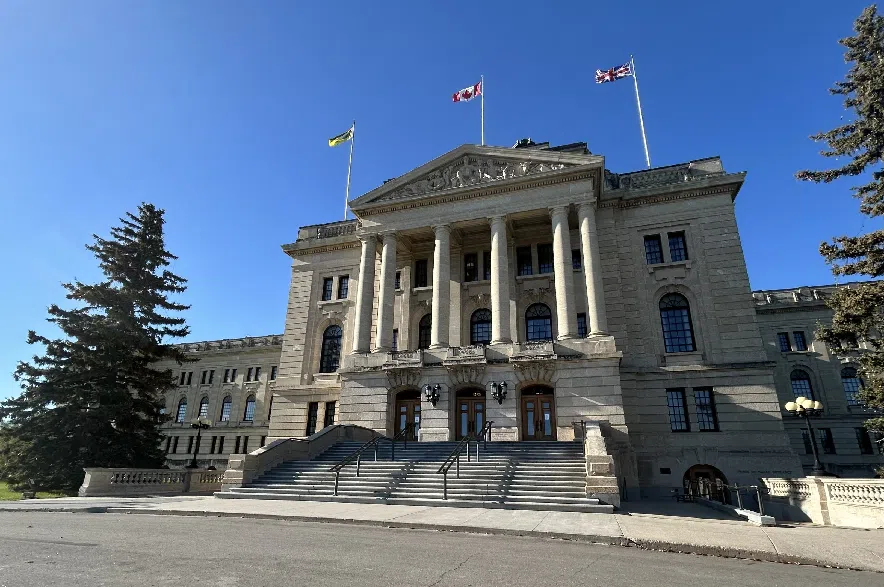The Government of Saskatchewan says it has already exceeded a number of the goals it set out in its 2019 growth plan.
The goals already met include exports, population growth, potash sales and more.
The announcements from the Sask. Party government come as the province gears up for a fall election.
The Saskatchewan NDP has already launched its campaign and has been working to make affordability a key issue for voters.
“We are ensuring that our provincial economy remains strong and that our government continues to delivering on the real purpose of growth, which is to provide a better quality of life for the people of Saskatchewan,” Jeremy Harrison, Saskatchewan’s trade and export development minister, said in a statement.
“Through investments in new hospitals, schools and measures to keep life affordable, our government is building strong families, strong communities and a better quality of life for Saskatchewan people.”
The total value of Saskatchewan’s exports reached $49.3 billion last year according to the government. This surpassed the growth plan’s 2030 target of $46B six years ahead of schedule.
The province has also made progress diversifying Saskatchewan’s export markets, the government noted, with nine international markets now importing more than $1B in goods from the province, up from five in 2019.
Agricultural exports have also risen above the growth plan’s target, reaching $20.2B last year. The government’s goal in the growth plan was to exceed $20B in 2023.
“The province’s innovative value-added agriculture sector is one of the fastest growing in Canada, with annual revenue that has more than doubled since 2012 from $3.5 billion to an estimated $7.5 billion in 2023,” the provincial government noted in a release.
“Saskatchewan is also on track to meet its goal of crushing 75 per cent of the canola we grow by 2030, based on major projects announced or already underway to expand our processing capacity.”
Potash sales have also risen well above the government’s 2030 target of $9B, hitting $10.9B in 2022.
The province is also on track to meet its goal of $2B in uranium sales, the government said, with sales last year reaching $1.6B.
“Through responsible regulation and effective policies, the Ministry of Energy and Resources continues to work with our mining, oil, gas and forestry partners to improve and grow our natural resource economy,” said Jim Reiter, Saskatchewan’s minister of energy and resources.
The growth plan’s goal to double the size of the forestry sector is also on track, the government added, with sales last year reaching $1.2B.
Last week, the government announced that it had allocated nearly 1.2 million cubic metres of timber to One Sky Forest Products, which is working to open an OSB mill in Prince Albert in 2027.
Population growth is also on track to meet the target of 1.4 million residents by 2030 set out in the growth plan, the government said, as Saskatchewan is currently home to more than 1.23 million people.
“Saskatchewan’s labour market remains strong with record high employment – including the highest historical rate of off-reserve Indigenous employment. Over the last twelve months, Saskatchewan has added 19,200 jobs,” the provincial government said.
“Statistics Canada’s latest GDP numbers also indicate that Saskatchewan’s 2023 real GDP reached an all-time high of $77.9 billion, increasing by $1.2 billion, or 1.6 per cent.”
Voters in Saskatchewan will head to the polls on or before October 28.











